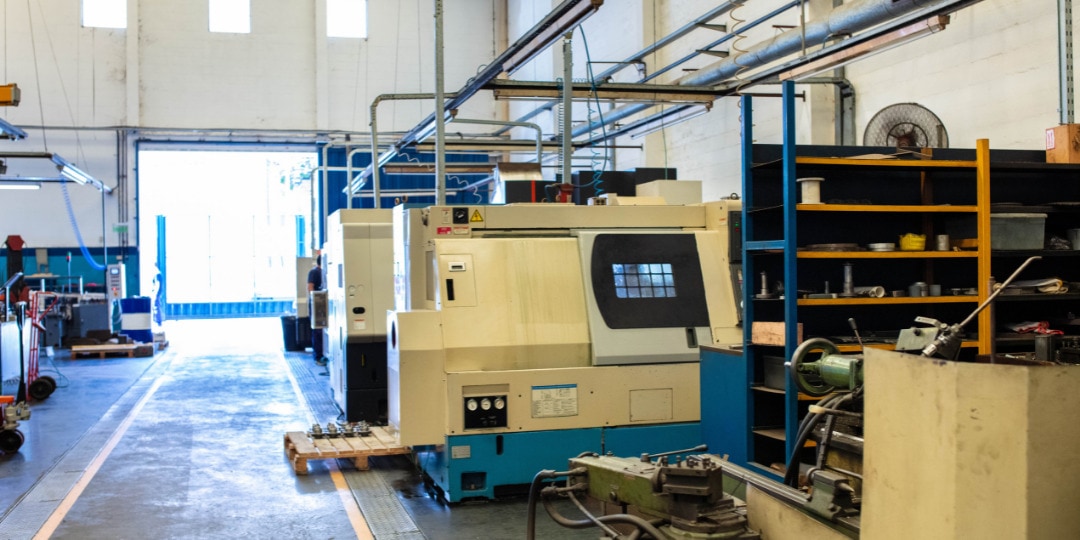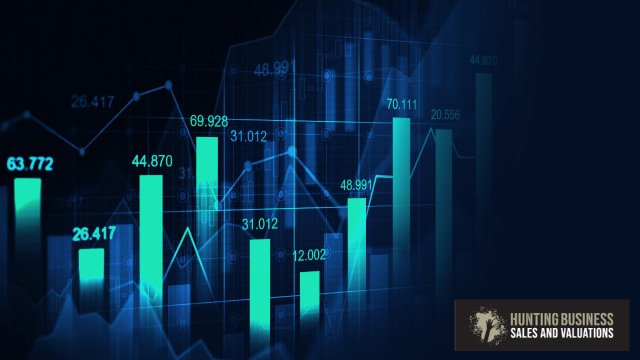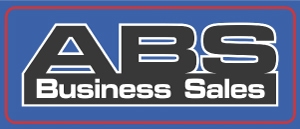It is possible to spend a lot of money buying plant and equipment as part of establishing or running a business. With the sale of the business, it is the amount that you get over the value of those hard assets that represents a measure of the success of an enterprise. It is making the whole greater than the sum of its parts which is a mark of entrepreneurial talent.
Among my day-to-day briefs, which include valuing and selling businesses, I am presented with a range of businesses. From having very few hard assets other than perhaps a phone and a laptop to ones that have very specialised pieces of equipment that cost vast sums of money and require a lot of technical expertise to integrate into the business and operate.
Both businesses present their challenges with valuing and selling.
Goodwill and the Rest
Many buyers are wary of businesses whose value comprises nearly entirely of goodwill. Maybe the same ‘bricks and mortar’ feeling that comforts property investors also comforts buyers of businesses with bricks and mortar being replaced by plant and equipment.
The important caveat here is that it is not only the ‘bricks and mortar’ that underlies property valuations but the land content.
Businesses with a high level of real assets can collapse into nothing more than an asset sale.
Even with asset sales, there can be variations. An asset sale that comes about because of a liquidation will not reach the same valuation as an asset sale where the assets are in continued use in an enterprise. The difference can be substantial.
The best outcome is where a sale price includes an amount that is over the value of assets ‘in continued use’ valuation.
Adjustments to the Financials
When the assets of the business are large, the adjustments to the financials are important.
As a general rule, depreciation is accelerated in profit and loss statements and this can diminish the amount of profit used to calculate value. This has a powerful impact on unadjusted profit and loss data of capital-intensive businesses.
This has been even more pronounced recently because of super-accelerated depreciation in a government effort to keep business investment afloat during the pandemic.
The adjustments that need to be made are to replace the depreciation figures, which assume plant and equipment have a very short lifespan. Depreciation figures that provide a more realistic picture of the rate at which resources need to be set aside from profits to replace the equipment as it naturally decays need to be used. These will be different rates for different equipment.
For instance, we would sensibly depreciate some heavy machinery which operates in factory assembly lines and does not suffer exposure to the elements at a rate of 5% per year.
Vehicles would depreciate at a rate of 10% per year.
Tools and smaller pieces of plant and equipment would depreciate at 20% per year.
I would depreciate computer equipment at 30% per year.
I would depreciate software at much faster rates, perhaps fully depreciated over the course of a single year.
While these numbers are still approximations and would vary from business to business, they provide a far better assessment of the impact of real depreciation on the bottom line performance of a business than tax-driven depreciation figures.
Method of Valuation
A method that considers the requirement to have a large pool of plant and equipment in the generation of profits is the super profits method of valuing a business.
The basis of this method of valuing a business is to reduce a business’ future maintainable earnings by the amount you would expect to return on the assets if they used elsewhere. It is the excess or super profits that form the basis of valuation.
A market-based multiple applies to those earnings and we add them to the value of the assets in order to arrive at a business valuation.
There is a very simple rule of thumb that provides a good estimate of the valuation. It is to add the market value of the plant and equipment to a multiple of between zero and one of the profit.
A business with insufficient profit will sell for the tangible value of plant and equipment. Businesses with higher profits will attract a premium over the value of plant and equipment up to the value of a year’s profit.
Assets Do Not Attract a Multiple
An important point in the discussion above is that the value of plant and equipment does not attract a multiple. It is only the profit of a business that attracts a multiple in valuations and generates goodwill.
To put this into context by providing an example. A small to medium-sized transport business that has a fleet of trucks will only ever get what the market value of the fleet of trucks is worth in the market in a calculation of the value.
This is because a buyer can always purchase equivalent trucks or sell the trucks in to a functioning market to realise their value.
It is the profit these trucks produce that attracts a multiple and provides goodwill value for the business.
A business that does not make sufficient profits to justify the expenditure of plant and equipment may only end up realising a ‘liquidation value’ on those assets. This is especially so if the assets in question are not easily relocatable, such as fixtures and fittings, or for which removal and reinstallation costs are high.
Exiting a Business With High Tangible Assets
There are two ways the role of plant and equipment valuations plays an often shocking role in business owners wanting to exit a business.
The first is when incurring large up-front costs in establishing a business. The perception that a business owner can simply sell the business six months later when they decide they no longer want it and recoup the amount spent on its establishment is usually wrong. Rarely do they get their money back. Acknowledge early on that the expenditure is an investment. We define it as present income forgone in favour of higher future income. It means you have to stick around to make it work.
The second way is when a business is closed and it is time to remove everything from the premises in order to fulfill the obligation to make good on the property as per a lease. This can be a very expensive exercise. It is best avoided by ensuring the business is valuable enough to interest a buyer to take it over.
Small to medium businesses are one of the very few assets that are not subject to bubble like valuations. There is change headed our way in business values and there are things you can do to help your business to share the characteristics of those that will benefit when valuations change.
Let me help you.








